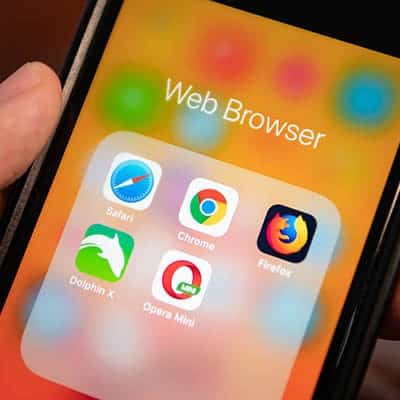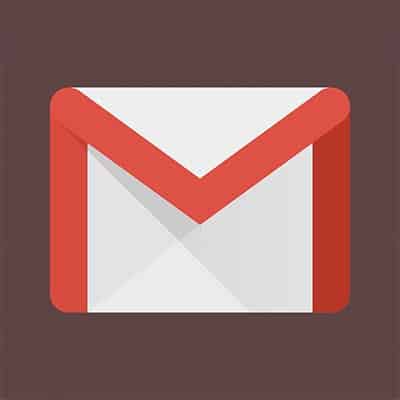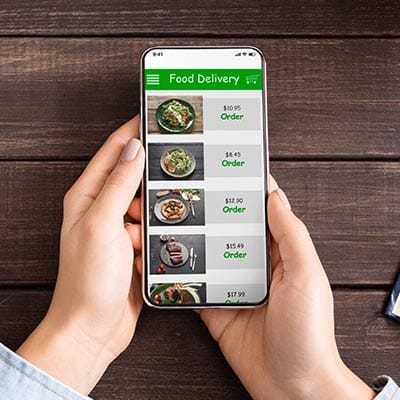What Are Browser Extensions? Essentially, browser extensions are pieces of software that bring external integrations to the functionality of the browser itself. In Chrome and Microsoft Edge, they are called extensions, while in Firefox they are called add-ons. There are all types of options to choose from. There are apps to help with browser security, productivity, communications, and much more. A problem that many users–business and otherwise–have with these browser extensions is that sometimes they can be vulnerable to infiltration (or they just flat-out spy on you). This presents a situation where, sure you are getting some enhanced productivity, but if the price is that you need to put your data at risk, that boost in productivity won’t help. Obviously, some browser extensions/add-ons are secure and have major utility for end-users. Ad blockers, screenshot tools, password managers, and instant messaging tools are often deployed through extensions by users to improve the functionality and security of their browsing experience. Examples of Risks People have been using these browser extensions for some time. Just this last year, millions of users of Google Chrome, Mozilla Firefox, and Chromium-based browsers such as Opera were victims of rogue extensions/add-ons. These extensions collected people’s data through capturing titles and URLs of the websites they clicked on. This unauthorized data collection included sensitive data such as medical records and credit card information. Then, if that wasn’t bad enough, the collected web histories of these users were published by a paid service called Nacho Analytics. Google Is Stepping Up Soon after the news broke, Google went ahead and set a policy that is aimed at improving the security of the extensions available on the Chrome Web Store. They launched a full-scale audit of the system, which they called Project Strobe. The findings of this audit led them to change the policy of third-party extensions. Now extensions will only be able to request access to the minimum amount of user data necessary to function. The company also announced they will extend the requirements around its privacy policies. The new changes will be implemented throughout the end of 2019 and into 2020. There are currently 180,000 extensions available on the Chrome Web Store. Essentially, the shift is going to make it more difficult for these third-party extensions to grab user information. Data security has to be a major point of emphasis for any business or organization that relies on information systems to function effectively. Call the IT experts at SRS Networks today at (831) 758-3636 to learn more.
Integration #1 – Trello for Gmail Trello is one of the best Gmail extensions, as it helps people stay on task with their Gmail inbox. This software gives users the ability to share files and links with their team, create task lists, and assign expectations or due dates to these tasks. In a way, Trello centralizes Gmail as your organization’s go-to task management tool. Learn more about Trello for Gmail here. Integration #2 – DocuSign for Gmail DocuSign gives your organization the ability to digitally sign a PDF document through Gmail. DocuSign is the leader in eSignature, giving organizations a fast and secure way to sign documents through Gmail. You can forgo annoying tasks like scanning, printing, or mailing contracts or other documents. DocuSign is used in 188 countries, further proving that it’s a great tool for businesses of all kinds. Learn more about DocuSign for Gmail here. Integration #3 – Wrike for Gmail Having project managers who know what they’re doing and how to manage a project is critical, and thanks to Wrike, you can make it easier to integrate project management into Gmail. You can write out tasks with emails, as well as view and edit those tasks. Furthermore, you can also collaborate with your team, all through your Gmail solution. Learn more about Wrike for Gmail here. Integration #4 – Boomerang for Gmail Unlike the previously mentioned solutions, which give the opportunity to use separate features in your Gmail, Boomerang is specifically meant to help users more easily manage their email. Users can set a time to send emails, remind them if they don’t hear back from someone regarding a message, and help them follow up with everyone they communicate with. Learn more about Boomerang for Gmail here. Perhaps with the use of these integrations, your organization can get maximum productivity and efficiency with your business’ Gmail solutions. Does your business use Gmail? If so, how do you use it, and do you have any software integrated with it? Let us know in the comments and be sure to subscribe to our blog for more great tips, tricks, and solutions.
Food Delivery Is Not New You know all about the local Chinese restaurant or pizzeria that will get their professionally-made food to you, but why do these services offer at-home delivery, while other restaurants expect people to visit their establishment? Simple, pizzerias and Chinese restaurants offer delivery because of their demand. In other words, they can afford to. As people were more apt to stay at home, namely because of the advent of the television, restaurants, who depend on foot traffic, started seeing that traffic, and therefore their margins wane. Unfortunately, ninety percent of independent restaurants that open close within the first year. Chain restaurants, that typically are franchised from corporations, and offer the same fare in all of their locations regardless of ownership, have a better chance of success, but still only have an average five-year life span. How Technology Got Involved With the razor-thin margins many restaurants operate under, there isn’t a lot of extra capital to pay delivery drivers. Some restaurateurs even believe that it is beneath their establishment to offer delivery. Regardless of what an establishment’s reasoning is for not offering home delivery, the demand for it remains. Savvy entrepreneurs saw the demand (in a $7 billion market) and decided that with people’s dependence on technology that it would be profitable to create new companies that develop mobile apps to order and set up take-out or delivery. Some of today’s most successful food delivery apps include: Seamless Grubhub Doordash Uber Eats As reliance on mobile continues to grow, and with the advent of 5G networks, it won’t be surprising for the technology to become more commonplace. While most of the services are only available in larger markets, these companies have been aggressive at moving the services to new ones. Food Delivery Doesn’t Have to Be Prepared Another trend you are seeing in food delivery, is that grocers are beginning to make available produce, and in some cases complete meal plans, for people using mobile technology. These services hire renowned chefs to come up with recipes that can be searched on an online catalog. People will select which meals/food they want from the catalog and the company will ship it to the recipient. Since the company uses fresh ingredients, orders are shipped immediately in refrigerated containers. Some of the top meal-delivery services include: Plated Sun Basket Martha & Marley Spoon HelloFresh Green Chef Corporation Blue Apron Advances in food delivery have just begun to scratch the service of their value. Have you used an app to get food delivered to your house? What do you think about technology’s role in your dining experiences? Leave your comments below, and return to our blog for more great technology information.



